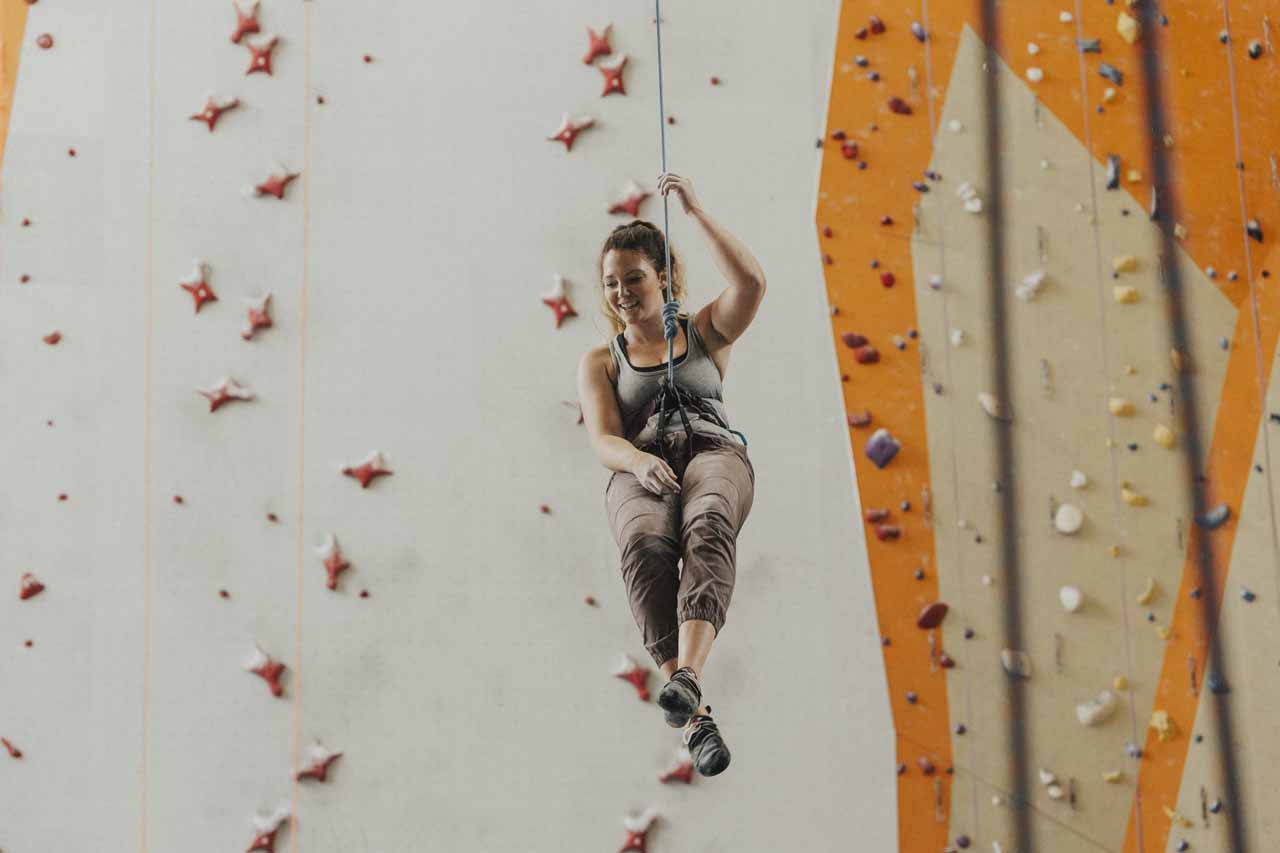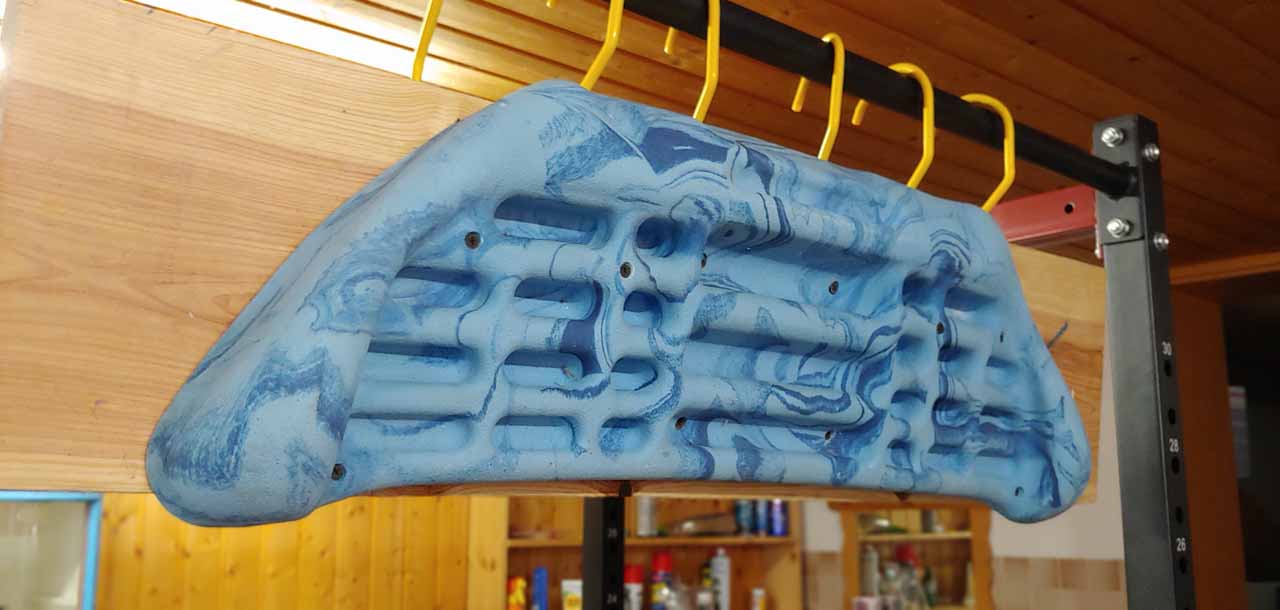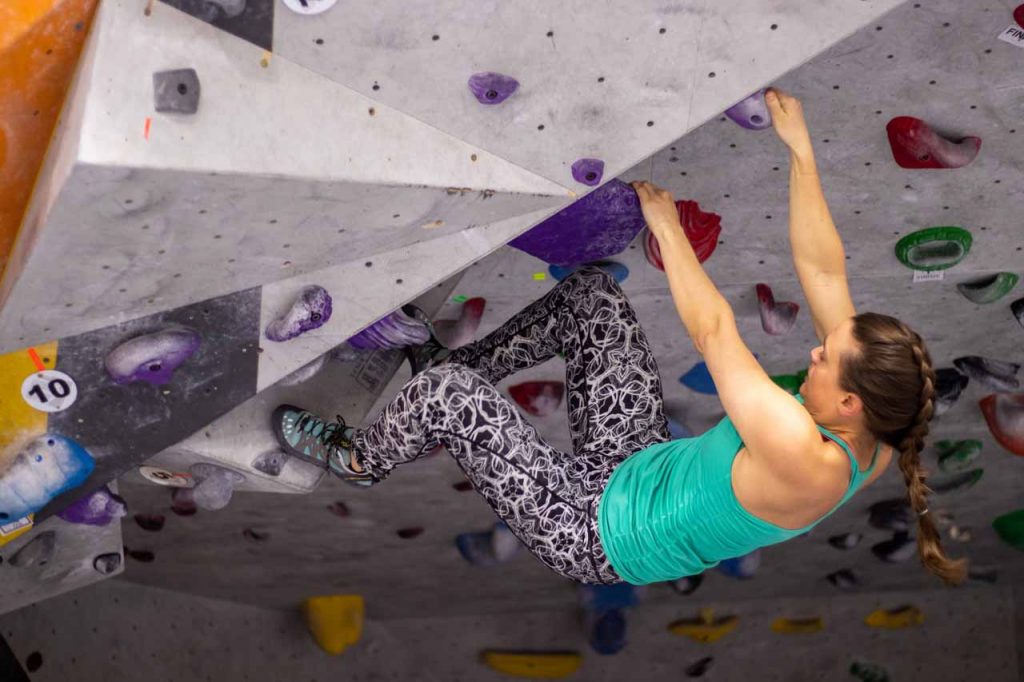Table of Contents
Climbing and bouldering are hyped right now. Everyone is training with a system now, and new disciplines, methods, and programs pop up almost daily. This being said, some of the applications can overwhelm and between the forest of campus board training, grip strength, moon board, endurance, ancap core, and recreational training stretching and technique, tactics and yoga it’s easy to lose track. There are tons of ways of training for rock climbing, and it’s almost too much at this point. Especially when you’re over 30, just started climbing and maybe have a family and full time career. So better make good use of the little time you have at hand and read this guide for basic training for rock climbing, where i explain some methods to keep in mind. My article on training for rock climbing consists of a systematic approach and is based on six different parts, that all need some attention. Follow these guidelines and you will evolve into a strong and well rounded climber in no time!
Note that this is an overview, but i included links to further reading and watching material. That way this article stays lean and teaches you the concepts, but for details you can refer to these other resources.
1. The usual not so great approach
Most people take the easy route of picking some part of the training regime they like and do that part over and over until they progress and send harder routes. Sounds like gambling, and it kind of is as working on your strengths and ignoring weaknesses is not the best method to improve.
Training is like balancing and configuring any complex system: If you do it right, it can be measured, and progress is inevitable. But you need a sound system.
Today I’m discussing different training methods and how they can help you to become a better climber even if you’re over 30 and still a beginner.
2. The smart approach: essential training for rock climbing consists of 6 different parts
1. Climbing and bouldering
2. Grip strengths
3. Climbing endurance
4. Campus board training
5. Agility and flexibility
6. Balance and Recreation
When we talk about these methods, we will use the term climbing both for rock climbing and bouldering as the techniques apply to both disciplines.
In the long run, your training methods need to be balanced. When you’re a beginner, you need to focus on different aspects than someone who is sending 8+ routes.
Beginner: 4-5c, focus only on climbing and bouldering and don’t even worry about the other aspects
Advanced: 6a-7b, work in some Agility, balance and grip strength
Serious: 7c+, focus on grip strength and involve campus board training
2.1 Climbing and bouldering
This includes anything and everything you do on the wall or a rock, indoors and outdoors. It’s THE most crucial part of the training, as the hardest part of becoming a good climber is learning to be efficient. We’re gonna differentiate between “learning to climb” and conditioning.
2.1.1 Learning to climb
Involves anything you use your brain for, such as
– learning new moves
– climbing under pressure
– redpoint approaches
– trying hard boulder problems in a gym by solving a problem
It also includes tactics to control the fear of falling, and when you work on these skills, you will become better in conquering challenging routes. If you’re looking for some awesome videos from a pro checkout https://trainingforclimbing.com/, Erics site is a great resource to tap in!
2.1.2 Conditioning
Conditioning training is focused on single aspects of climbing like
– improving blood flow in your forearms leading to higher climbing endurance
– working on your ability to send complex boulder problems
2.1.3 Transferring gym skills to outdoor climbing
Most of the training takes place indoors these days, especially if you live in cold climate zones. And while the movement itself is similar, climbing outdoor is a different beast as it overwhelms beginners both with abundance of holds and grips and lack of them as well. So you need to work on your mental ability to transfer the skills learned indoors to the outside world.
The best way to progress is to search for boulder rocks outdoor and send those with training partners with a progressive and positive attitude. Judge each other and give advice on how to approach.

2.2 Training the grip strength
The exercise machine of choice for grip power is the hangboard (also called training board). In addition to climbing and bouldering, hanging on the exercise board handles according to the training principle of specificity is the best way to increase the strength in your fingers. There are lot’s of training methods. but this is a good guide on how to do hangboard training.
2.3 Climbing specific endurance training
Endurance in climbing sports, in contrast to many other sports, is limited to mostly static movements of forearms and core/leg muscles.
This is different from cardiovascular endurance training, like jogging or racing bike driving. Unfortunately, these training forms do not contribute directly to improved climbing performance. They may even have adverse effects in the worst case. Training for rock climbing does not necessarily involve long sessions of endurance training.
In some cases though, endurance training for climbers can make sense when used with good targeting. Examples are very long climbs or boulders.
2.4 Hangboard
The campus or hangboard is a slightly overhanging wooden board on which, at regular intervals, wooden strips are attached. At this one performs different exercise, which lead to enormous strength gains. It is used to train different climber-specific abilities specifically.

Unfortunately, this training device also offers great injury potential, especially when your body ages. Therefore, this type of training is reserved for athletes, who climb in the upper ninth grade and harder. In these athletes, the band and tendon apparatus for the high intensity of this training is the earliest ready.
If you’re interested in campus board training, check out my guide on how to build one for less than 100$ without drilling holes in your walls.
2.5 Agility
Agility helps you get your power to the wall. This is even more important when over the age of 30. It is no coincidence that Adam Ondra is known for the heaviest routes in the world and his enviable mobility at the same time.
Training flexibility also makes it harder to climb and maintain a healthy body. Because what you do not use or train you lose. And over time, the lack of agility not only limits the climbing performance but also leads to all sorts of ailments.
Optimally as a separate unit, follow this approach for agility training:
– 2x a week is enough, not more than 7x
– Fast progress means fast loss of achievements, so keep doing it
– 15 minutes per unit are already enough
– Train legs and hips as they are crucial for climbing and bouldering
– Try to do it separate from other climbing or AFTER climbing training (Less prone to injuries that way)
How? Just look at stretching routines for climbers, mobilization exercises and yoga.
2.6 Stabilization and balance training
Stabilization and balancing training are the buzz words of the climbing training in recent years. There have been many books and more magazine articles about it.
But what does it mean?
Stability and balance are vital to stay healthy and to be able to climb, boulder, and train for a long time.
The most common problems from climbing are rounded back and congestion complaints, such as the climbers elbow or a shoulder impingement. Usually, the training consists of strengthening the opposing muscles (antagonists) and stretching the over-pronounced muscles.
Additionally or alternatively, gymnastic rings are also an excellent training tool for a climbing program. Many of the exercises on the sling trainer can also be performed on the rings.More advanced exercises, such as muscle-ups or dips, can be trained.
Yoga combines elements of the training approaches mobility and stabilization or antagonist training. However, one should listen to his body in pain because yoga is not the same as yoga. Sometimes more specific exercises are necessary.
3.1 Objectives when training for rock climbing
Climbing training always has a goal. The goal is also a key to motivation because specific climbing training is exhausting and sometimes very monotonous.
For a broad approach with good results, you should set the goals in annual or seasonal pyramids, which are becoming more and more demanding. This will enhance your skills in the difficulties you have already encountered while optimally working towards the next level of performance. Wide-ranging climbing training leads to what is commonly referred to as a good climber or boulderer. The most prominent example of this is Adam Ondra, who has built up the most impressive pyramid in climbing history from an early age: He is strong and flexible and has remarkable technique and route reading skills.
3.2 The “well rounded climber” – a short profile of haves
– Broad skill set about sport climbing, bouldering, alpine climbing, trad climbing
– Experienced on various rocks, such as lime, granite, sandstone, conglomerate
– Clear strengths, but no pronounced weaknesses, such as overhang climbing or finger holes
– Sets great goals and achieves them via suitable intermediate goals
4. The Training Principle of Specificity
This principle states that the more specific training is attuned to the goal, the more effective it will be. However, on the horizon of a long-term, continually improving climbing life, an athlete usually benefits more from an extensive climbing training. There are more routes, boulders, and opportunities open than working on isolated skills.
The ultimate goal of climbing training is to be able to climb routes and boulders of different requirements on an individually high level. It is quite natural to take the step into a new level of difficulty in an area that suits you, such as: B. athletic overhang climbing or inguinal climbing.
Building on this, the skills are developed with continuous training and exercise in the new degree, in order to actually master this in different requirement constellations.
5. Training plan for climbing and bouldering
Based on the information in this article and the training principles for climbing training, a training plan can be put together.
5.1 Who needs a training plan?
This is difficult to answer in general. One starting point could be that your own performance fluctuates strongly over the year and can not be sustained. Another angle is the amount of activity needed to increase performance. If these are very diverse and tactically the colder seasons are selected for vheavy rock projects, a training plan makes perfect sense.
5.2 A few cornerstones for a climbing training plan to be successful:
Goal-oriented: A training plan has a goal. This is usually a new grade or route. But it is also possible to prioritize a weakness or a single aspect, such as aerobic endurance.
Measurable: The most exciting measure is, of course, the climbed grade, but this depends on a variety of factors. Therefore, some metrics are defined where you can read off the improvements over time. These include, for example, finger power, pull-ups, and agility.
Workouts are planned according to the training principles and goals and weaknesses. In terms of content, the graph above shows the relationship between training content and grades.
Depending on the desired timing and number of power highs, a form of periodization should be used. You can choose between classical and non-linear periodization. There should be one or two rest periods lasting several weeks during the year so that the nervous system can recover from continuous stress and heal minor injuries.
You should record training and days spent outdoors in a training diary. Especially for the tracking of progress and injuries, the training diary is helpful to be able to identify patterns afterward.
6. Professional Coaches
So far, a professional training in climbing sport was only open to professional athletes and members of performance groups. This is changing increasingly lately. In other sports, it is common practice to use regular coaching lessons, while in rock climbing and bouldering this is slow to spread. Points of contact are the teams of climbing and bouldering halls, but here the quality varies.
7. Conclusion
Climbing when you’re not 20 anymore needs special focus, and i hope you can learn something from this guide. Most important takeaway: Keep your measurement of success objective, make notes and focus on incremental improvement. That’s what basic training for rock climbing is all about.
Maker sure to also read some of my other guides on bouldering training, endurance training and how to build your own hangboard setup cheap and quick for your home.

